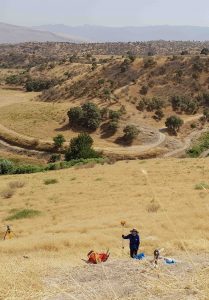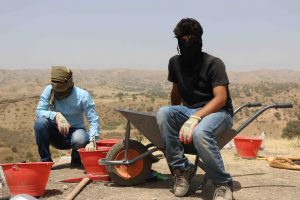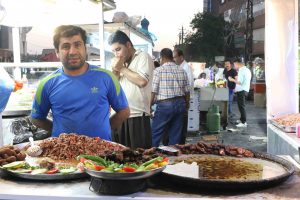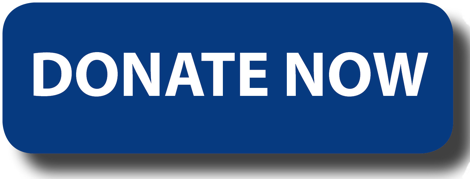
COME, TELL ME HOW YOU LIVE: LESSONS FROM EXCAVATING IN KURDISTAN
Terri Tanaka, 2018 ASOR Member-Supported Excavation Fellowship Recipient
This summer, I was the recipient of an ASOR Member-Supported Excavation Fellowship. The Fellowship made it possible for me to participate in the Qara Dagh Regional
Archaeological Project (QDRAP) in Iraqi-Kurdistan, where I served as the photographer and a trench excavator.
This was our second season of excavation at the site of Ban Qala, which is a Late Chalcolithic site located in the highlands of Qara Dagh. Our work at the site will allow our team to examine how cultural interactions between southern Mesopotamia and the highlands of northern Mesopotamia affected the material culture of the area in comparison to the plains. More urgently, however, this project will assist the Antiquities Department of Sulaymaniyah in documenting the archaeological heritage and cultural importance of the region. Energy companies have been exploring the region for oil and natural gas; in fact, gas pipes have been installed next to the Darband-i-Gawr relief, more commonly known as the Naram-Sin relief, for which the area is best known. Thus, there is an urgent need to preserve these at-risk sites, and our work there can help to draw attention to this need.
The question I got the most from people who knew I was going on this trip was, “Is it safe?” Yes, given all the security measures in place, including security checkpoints between towns, in many ways it felt safer than being at home. The second question was usually, “What’s it like? Is it like [name of character from movie]?” No, not exactly. But excavating was just one part of the overall experience. Here are some things I learned:
1. Don’t overpack, but do bring one change of (quick drying) clothing in your carryon bag. The airline lost my luggage for several days, so I was washing out my clothes at night so I’d have something clean to wear. I was surprised at how little I really needed to survive.
2. Protect yourself from the elements. In Kurdistan, the temperatures can reach 50° C (122° F) during the summer. In addition to using sunscreen, I wore a hat, dark glasses, long sleeves, and something to cover my face. Yes, I looked a little funny. But the face covering also kept me from inhaling dust when the wind blew or when we were sifting the dirt removed from the various loci. Even our local workers covered themselves. One of them showed up on the first day with no protection; I thought he was going to faint from working in the sun and the heat. He used one of the local scarves to cover his face for the rest of the season.
3. Take the time to learn a few phrases in the local language. In the area of Kurdistan that we were excavating in, they use the Sorani dialect of Kurdish. We used basic greetings such as “Good morning. How are you? Are you well?” (Beyani baṣ. Çonî? Baṣî?), phrases such as “Thank you!” (Zor spas!/ Dest xoṣ!), and “yes” (bale) and “no” (naxer) every day. Although they laughed at our pronunciation, our workers seemed to appreciate our efforts and even started to teach us useful words and phrases such as “pottery” (goza), “stone” (bard), and “clean (it)” (pakî ka). Numbers were also useful for figuring out prices when we had to purchase things in the bazaar or negotiate taxi (taksi) fares.
4. Try as much of the local cuisine as possible. The locals love to see you trying and enjoying their food. Who knows? You may discover a new favorite. One of my unexpected favorites was an apricot sauce/stew that went really well with chicken and rice. I understand that I missed out on a dish made with a sheep’s head. Maybe next year ….
5. Be flexible. Inevitably, something unexpected will happen, such as the car breaking down or a sudden windstorm blowing the tent down, so plans and schedules may have to change at the last minute. Things you take for granted back home (stable electricity, running water, internet access) may not always be available. In addition, the first law of archaeology seems to be that inevitably, you will find something interesting just when you’re getting ready to shut down the site for the season. (The corollary is that half of your interesting find will be in the wall of the trench, which means that you can’t get to it unless your director plans to open up the trench next to yours the following season.)
I am very grateful to ASOR and the ASOR members who donated so generously to the excavation fellowships fund, which made it possible for me to participate in this excavation. I can’t wait to see what happens next season!
QDRAP Twitter account: https://twitter.com/QDRAProject
Terri Tanaka is currently a visiting lecturer in the Department of Near Eastern Studies at the University of California, Berkeley. Her research interests include dress and identity and, of course, excavating in the Qara Dagh region of Iraqi-Kurdistan.



